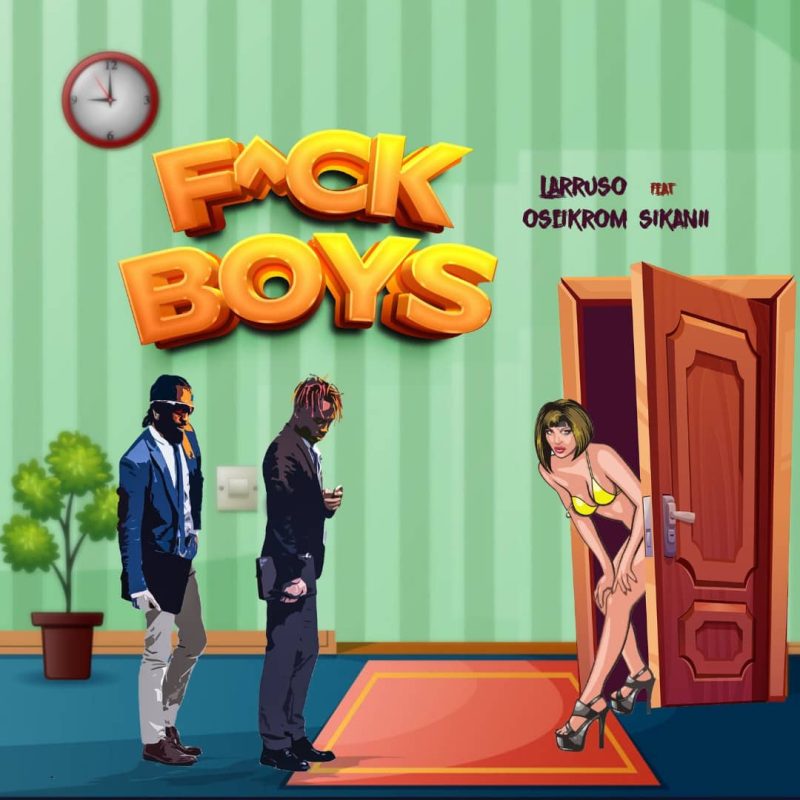Lana Del Rey has always been America’s greatest satirist
Written by ABR on 27/01/2022
10 years after they were first uttered by Elizabeth Woolridge Grant, the words “My pussy tastes like Pepsi cola,” remain immortal in the cultural imagination. The line — from the deluxe version of Lana Del Rey’s Born to Die, her unforgettable major-label debut — is a quintessential example of the fantastic and humorous depictions of Americana the artist would soon rise to prominence for. The album is and was a cultural reset: an evisceration of the American Dream and its emptiness by way of lyrical irony, bold visuals, and the playful discernment of the female gaze.
In 2012, Lana Del Rey sat on a throne in a church beneath a ceiling swirling with frescoes, flanked by a pair of lounging tigers; a bloom of blue roses resting on her head. The video for “Born to Die” made the rounds on Tumblr in the platform’s heyday, launching the star of the singer who initially came from the alternate music scene, and immortalizing Lana as a patron saint of sad girls everywhere, lonely in the world and deteriorating in their bedrooms.
Everything about the “Born to Die” video—from the emaciated, heavily-tattooed boyfriend appearing like an apparition at random intervals, to Lana embracing him topless in front of the American flag—suggested opulence, melodrama, and rippling tragedy. At once ridiculous and profound, it was high art with an intermittent lowbrow aesthetic: car sex, red Converse high-tops, a lit joint. It was America.
Largely misunderstood by critics upon its initial release, Born to Die was ahead of its time. Blending genres like hip-hop and rock ’n roll, merging orchestral riffs with beats pulled from rap music, Lana layered flowery, breathily-intoned lyrics inspired by classic literature in a husky, sexy voice to complete her fusion. She sang uniquely of heartbreak, love lost and the murky depths of abuse when still in love with an abuser. And while tastemakers scoffed at the maudlin romanticism of the album — critic Lindsay Zoldaz infamously called the album a “faked orgasm” in a fairly scathing Pitchfork review — Born to Die was a testament to the political moment of its inception in surprising ways.
Nothing happens in a vacuum, and 2010s pop culture was certainly no exception to that. In 2012, Barack Obama was president, and Congress remained trapped in gridlock. The Affordable Care Act, derided as ‘Obama Care’, was hotly debated across the country, a culture war about which conservative news anchors would bleat about on TV screens daily. Same sex marriage was still illegal, a contention with which the superficialy progressive president blew politically hot-and-cold on. 17-year-old Trayvon Martin had been shot and killed in cold blood by George Zimmerman.
This polarizing set of affairs injected Tumblr — the site in large part responsible for Lana’s rise — with an overwhelming social justice ethos. Even as millennials and younger Gen Z took in academic theory to navigate these troubled times, the need for escapism–whether through drugs, art or romance–was an intense one. Lana’s music did not just reflect the desire to numb oneself, it also offered a dreamscape for the era’s disaffected youth: drawn in by its monochrome shades of beauty, the nostalgia for an America that no longer existed (if it ever did), the siren allure of total submission to a lover, maybe even death.
As early as the album’s second track, “Off to the Races”, Lana invokes a quote by the infamous Vladimir Nabokov: “light of my life, fire of my loins”, as chanted by his paedophile protagonist Humbert Humbert in the 1955 novel Lolita. The song illustrates the dramatic fluctuations between euphoria and depression characteristic of any abusive relationship — replete with love bombing and sudden bouts of violence — but also the use of the body as a means to access money, notoriety, and male protection: “Tell me you own me, gimme them coins.”
The women who appear in Born to Die use beauty and sexuality to attain fame and fortune, knowing what they can get out of it, and how the spectacle of femininity will allow them to cash a check. And the songs are evidently successful in their resonance. But despite all the darkness, a winking sensibility prevailed. A 2017 study, by Rachel E. Davis at the University of Tennessee, digs into how sugar babies on Tumblr created memes about Lana Del Rey and the Lolita persona she often embodied in her early music, joking about how her music exemplified a truthful if hyperbolic expression of their sex work. In one meme, a pink-skinned Pepe the Frog is “dressed as Del Rey” with a caption quipping that anyone who posted the picture would “get a rich sugar daddy.” The digital engagement with Lana’s music, much like the artist herself, expressed “a palpable sense of irony and knowingness […] characteristic of the postfeminist sensibility”.
Beautiful women constantly appear in the visuals surrounding Born to Die, and are frequently embodied by the singer in its deluxe reissue, The Paradise Edition. Lana slips into the role of Marilyn Monroe as she sings a sultry “Happy Birthday” to the leader of the Free World: JFK as portrayed by A$AP Rocky in a suit and backwards baseball cap. She then morphs into a Jackie O-type: raising puppies along with a perfect little family, throwing sumptuous parties involving decadent spreads, vacationing with her devotedly insatiable husband in an idyll Hyannis Port.
The video culminates, of course, in the assassination of A$AP-as-JFK. Bereft, in a cream coloured fascinator and quasi-absurd bouffant, our First Lady’s flawless performance of femininity has proven obsolete, shattered by someone else’s boundless pursuit of power and glory. “Money is the anthem of success”, Lana whispers in the refrain, her lips sensual and provocative, daring her audience with a knowing gaze. In doing this, she mocks this vacuous promise alongside her own ambitions, too: Lana has indulged in this same performance, using her self and body as a conduit for the American Dream, the tragedy and hedonism of freedom, celebrity, and the unfettered ambition made possible by capitalism.
Of course, this isn’t always successful. The boring, white-gaze-y video for Paradise’s “Ride”, which repeatedly forgoes substance for the sensational, is one example of the kind of narrative confusion absent in a more mature record like Norman Fucking Rockwell!. In these moments, it’s not hard to see how critics have struggled to assess whether the singer’s engagement with subjects like femininity or abuse amounts to genuine critique or even portrayal. But Born to Die was an experiment in identity: the influence of its hybrid percussions; its dark and striking lyrics; its luscious and yet biting visual themes are still evident in the pop landscape ten years later, and will likely endure into the decade after it too. Lana has always been America’s greatest satirist, because she is an artist who truly understands that the road is long, so we carry on, and try to have fun in the meantime. What else is there to do?
Follow i-D on Instagram and TikTok for more music.



 ABR Group
ABR Group